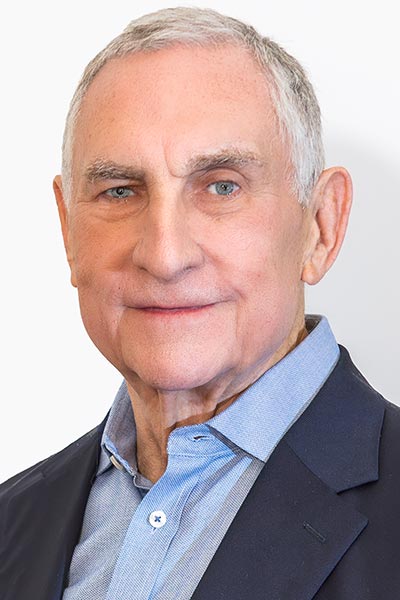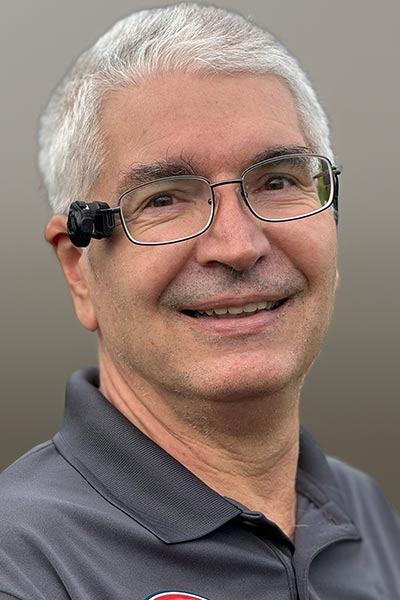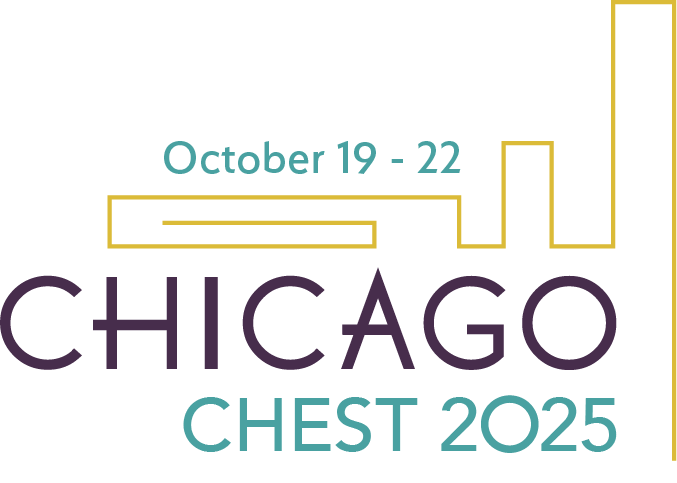
Home ventilation expert and advocate John Hansen-Flaschen, MD, FCCP, said the Centers for Medicare & Medicaid Services (CMS) had two terrible home noninvasive ventilation coverage policies: one for COPD and one for neuromuscular diseases.
Fortunately, he said, now, the proposed CMS coverage criteria for COPD closely align with current research and the recommendations of the professional community.
“This is an important victory to celebrate,” said Dr. Hansen-Flaschen, Founding Director of the Jay and Randy Fishman Program for Home Assisted Ventilation and Professor Emeritus at the University of Pennsylvania, Philadelphia. “To some extent, it makes the pathway easier for neuromuscular diseases and [other diseases], though they are different communities. Regrettably, for now, the improved coverage criteria for COPD do not carry over to the coverage of ventilatory assist devices for thoracic restrictive diseases.”
Common cause

From 2020 to 2021, Lisa Wolfe, MD, FCCP, Sleep Medicine Specialist at Northwestern University in Chicago, led a technical expert panel on thoracic restrictive diseases (one of five such expert panels convened by CHEST and other US respiratory societies, including the American Thoracic Society, the American Association for Respiratory Care, and the American Academy of Sleep Medicine).
The group’s final report prioritized clinician assessment of patient phenotype through accessible and nonburdensome evaluations and provided clear flowchart directions in determining eligibility for bilevel devices and home ventilators.
For example, the group urged CMS to accept venous blood gas sampling and transcutaneous measures of partial pressure of carbon dioxide as an alternative to the more difficult—and more uncomfortable—procedure of arterial blood gas sampling to measure a patient’s oxygen and carbon dioxide levels. CMS did not respond to this or other recommendations from the group.
“Life or death”
Tech developer and amyotrophic lateral sclerosis (ALS) patient advocate Spero Koulouras said he believes that the current CMS coverage criteria applicable to ventilation for patients with thoracic restrictive disorders such as ALS do not reflect current research. He said they are ambiguous enough that private insurers have interpreted them to deny and delay coverage for home ventilators, which he noted can be the difference between “life or death.”
Koulouras received a diagnosis of ALS in 2017. He shared his experience—which includes creating artificial intelligence, robotic, and other devices to extend the day-to-day autonomy of patients with ALS—in a short documentary. He fought insurance denials for more than two years and filed a class action lawsuit against his insurance provider in May 2024.
He said that the current system’s dependency on insurance company interpretations of CMS criteria will continue to harm patients unless Congress passes legislation that holds insurance denials to medical malpractice standards.
“Denial of treatment is a medical decision, and breathing is medically necessary,” he said.
Rethinking communities and devices
Dr. Hansen-Flaschen said any new federal guideline on noninvasive ventilation devices for patients with ALS or similar disorders should understand that this group of patients requires ventilation in the same way that patients with kidney failure require dialysis.
Both groups must have an expensive, mechanical medical device to live, and neither should be subjected to ambiguous or ill-suited regulations that could endanger them by denying access to these devices, even for a short amount of time.
Dr. Hansen-Flaschen said he believes Dr. Wolfe’s 2021 report still offers the best guideline for how to proceed with policy. However, for now, he does not see any evidence that the federal government is set to adopt this approach or that the new COPD guidelines will lead to new guidelines for thoracic restrictive disorders.
“And that’s a shame,” he said.
